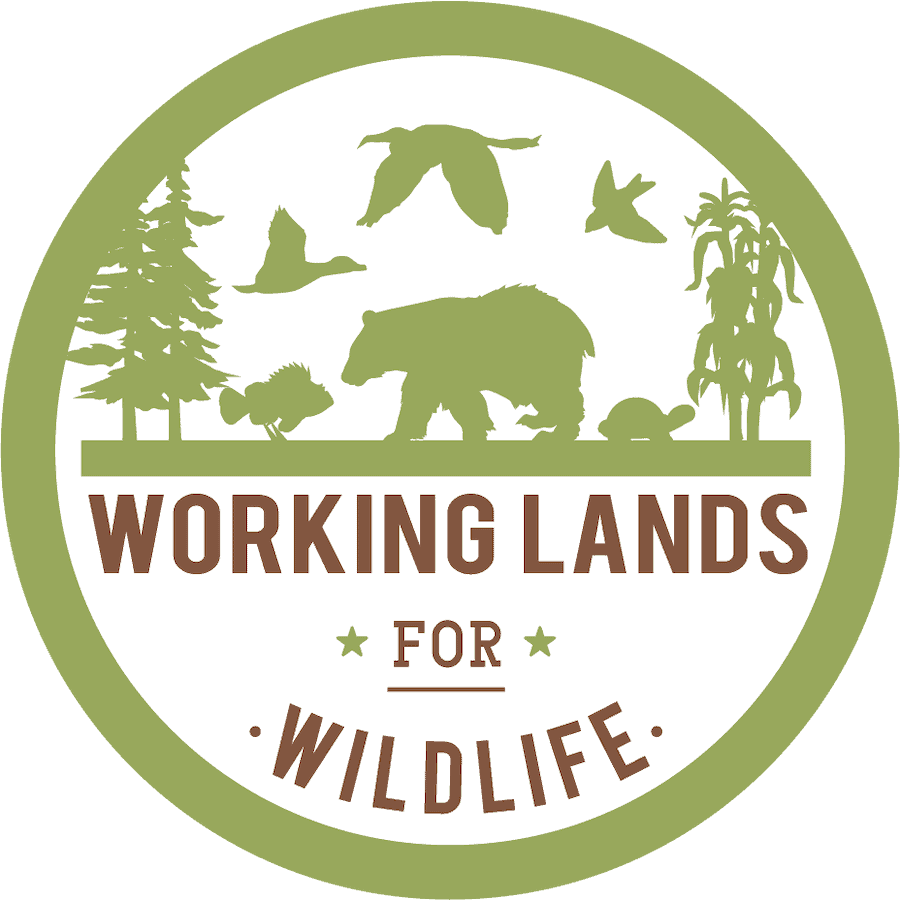-
 Working Lands for Wildlife National Landowner Forum: Perspectives and Recommendations
Working Lands for Wildlife National Landowner Forum: Perspectives and Recommendations
-
In May 2016, 26 private landowners from across the country met in Denver, Colorado to talk with NRCS staff about what is working in the Working Lands for Wildlife partnership and what opportunities exist for improvement. Jointly coordinated by Partners for Conservation and NRCS, and including funding support from the Intermountain West Joint Venture, the 2-day
meeting provided a forum to share stories of success and challenges in order to maximize outcomes with future opportunities.
Located in
Landowner Information
/
Landowner Forums
-
IN Workshop - Native grasses in Prescribed Grazing Systems
-
Using Native Warm-Season Grasses in a Grazing System
Participants will learn the latest research-supported methods for reliable native forage establishment and grazing management to maintain grass vigor and animal performance through the summer.
This training is being presented by The Center for Native Grasslands Management and NBCI through a grant provided by Quail Forever and the Natural Resources Conservation Service in support of the Working Lands For Wildlife: Bobwhite in Grasslands project.
Topics to be covered:
Bobwhite basics, bobwhite habitat considerations in grazing lands
Overview of native warm-season grass (NWSG) establishment
Why use NWSG in your grazing system – animal performance and economics
How to manage NWSG forages – maintaining vigor and productivity, impact on bobwhite and other grassland birds
NWSG in complementary cool-season grass systems.
Registration:
No registration fee, but registration is required.
Please RSVP to jhodge34@utk.edu.
Lunch will be provided to participants.
Located in
News & Events
-
 Economic and Production Performance of Native Grasses as Forage in the Fescue Belt
Economic and Production Performance of Native Grasses as Forage in the Fescue Belt
-
The primary purpose of developing this literature review and summary was to inform producers about the potential benefits from utilizing warm-season grasses in the Fescue Belt. Effectively, managing forages is not always straightforward for livestock producers. Summarizing the economic and production benefits from using warm-season grasses could help producers make more informed forage management decision and might encourage producers to consider adopting warm-season grasses. Furthermore, this literature review also gathered information about the potential benefits of using native grasslands as forage to the quail population in this region, which could likely result in an economic benefit to the producer from leasing farmland to hunters.
Located in
Research
/
WLFW Outcomes: Funded Research
-
 Assessment of Native Grasses for Forage & Bobwhite Habitat
Assessment of Native Grasses for Forage & Bobwhite Habitat
-
The University of Tennessee Institute of Agriculture, through its Center for Native Grasslands Management will conduct a study to evaluate the effectiveness of a working lands conservation model for enhancing northern bobwhite and other grasslands wildlife populations. Specifically, we will evaluate native grass forage production within fescue-belt landscapes to determine how effective this strategy is for improved survival and productivity of northern bobwhite and abundance of associated grassland bird species. The study will be conducted in cooperation with partner agencies within the fescue belt.
Located in
Research
/
WLFW Outcomes: Funded Research
-
 Outcomes from Delivery of NRCS's WLFW-Bobwhite in Managed Pine Savannahs
Outcomes from Delivery of NRCS's WLFW-Bobwhite in Managed Pine Savannahs
-
In 2016, the Natural Resources Conservation Service’s Working Lands for Wildlife partnership began funding management activities designed to enhance, restore, and protect bobwhites habitat on private lands. Through the WLFW program, NRCS is able to assist landowners to voluntarily create and maintain bobwhite habitat in order to support the range-wide recovery of the species. In 2018, NRCS entered into an agreement with the University of Georgia to assess habitat outcomes and bobwhite population response to our conservation actions.
n collaboration with the University of Georgia, NRCS is now looking to monitor some of these managed lands to help tease out habitat features that promote excellent bobwhite habitat. If possible, additional information (e.g., other forestry management actions employed) may also be collected through interviews with landowners and/or conservation partners.
Located in
Research
/
WLFW Outcomes: Funded Research
-
 NBCI BRI Map for Northern Bobwhite
NBCI BRI Map for Northern Bobwhite
-
Developed by the National Bobwhite Conservation Initiative partnership, this Biological Ranking Information map denotes prioritized counties across the 25-state area of NBCI activity. Within NRCS, states participating in Working Lands for Wildlife-Northern bobwhite select from the blue priority counties to identify areas within each state where sign-ups for Farm Bill programs will occur.
Located in
Information
/
Maps and Spatial Data
-
 The Last Dragons - Protecting Appalachia's Hellbenders
The Last Dragons - Protecting Appalachia's Hellbenders
-
An intimate glimpse at North America's Eastern Hellbender, an ancient salamander that lives as much in myth as in reality.... and in many waters, myths are all that remain of these sentinel stream-dwellers. Video by Freshwaters Illustrated.
Located in
Online Training Resources
/
Webinars and Videos























